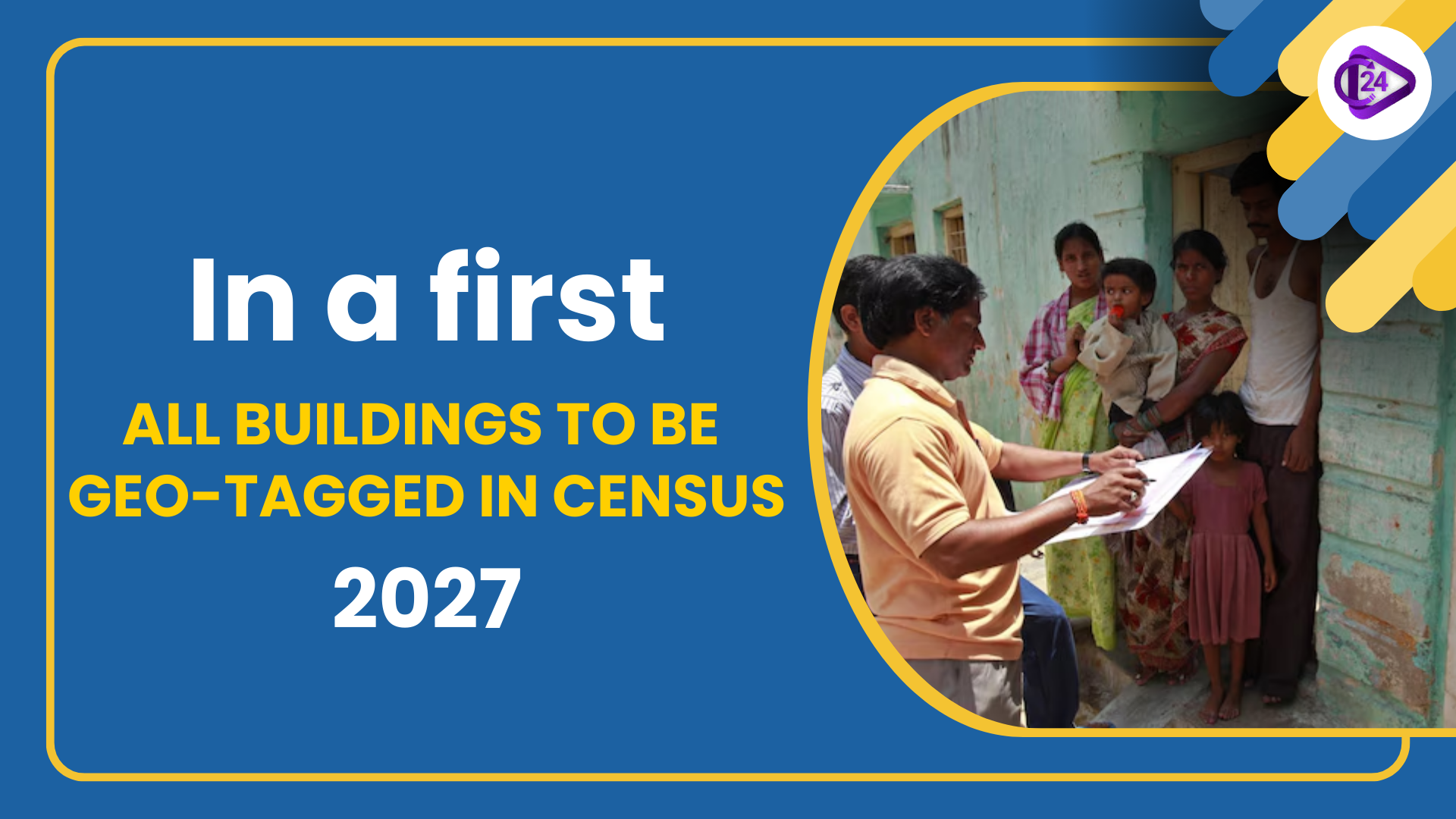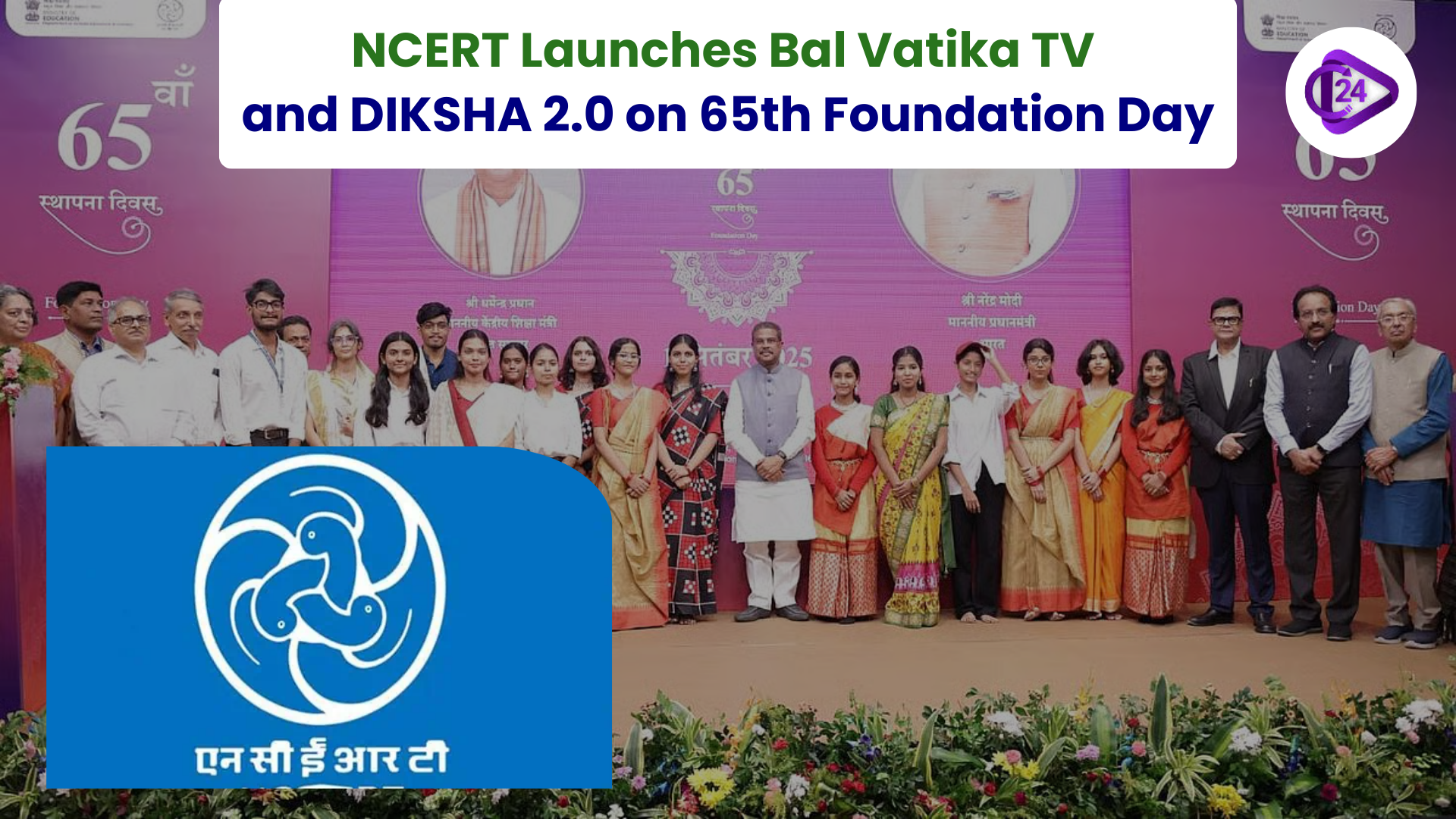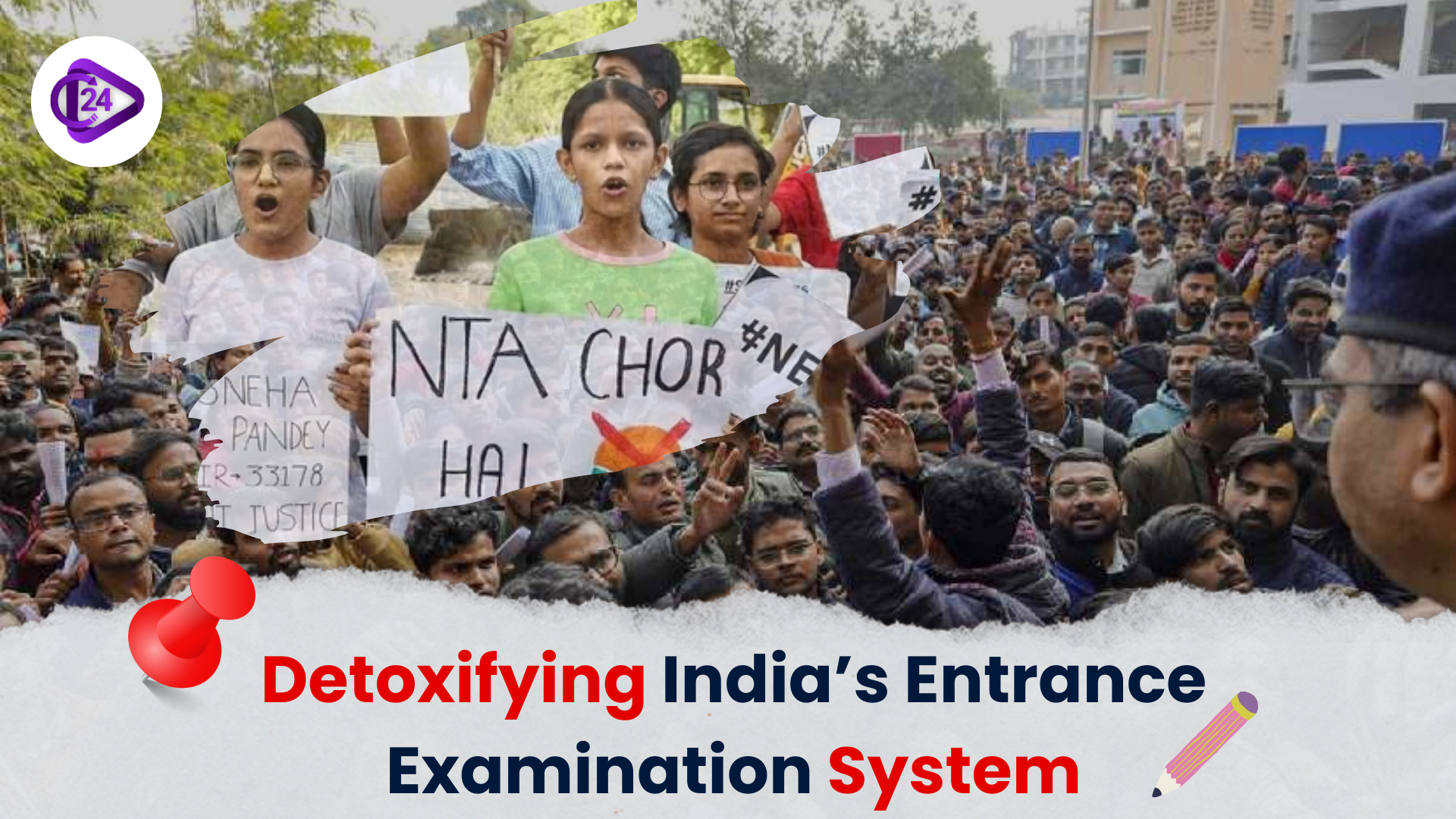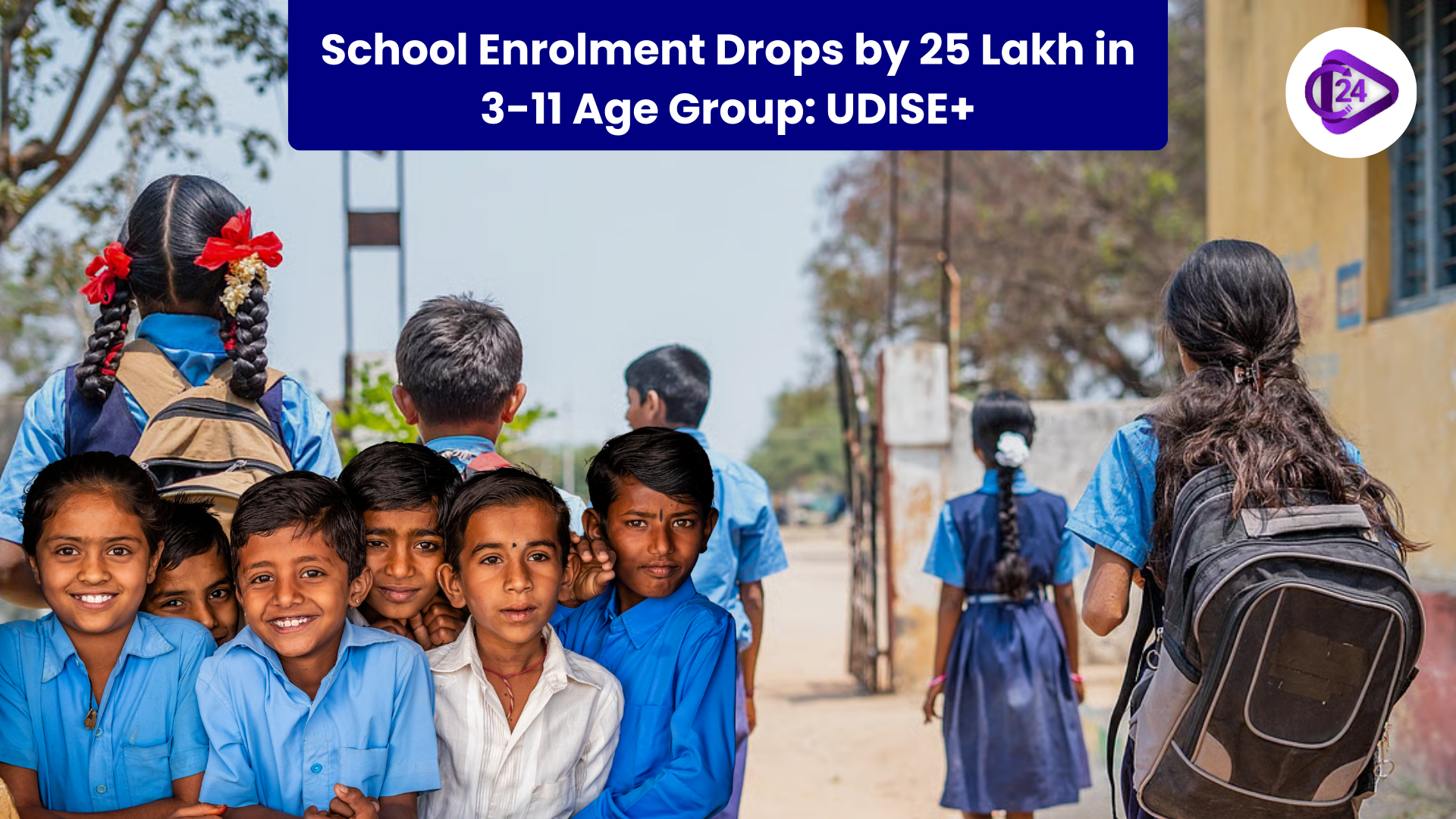
Census 2027 will become a big technological breakthrough because every building will be geo-tagged. In this effort Digital Layout Mapping (DLM) will be used to give each building a distinct latitude-longitude position in India, which will give houselisting operations (HLO) access to detailed geographic information. The drill will facilitate accuracy, workload management, and efficiency among field operations. Additionally, it will also be the first digital census that has been using mobile applications in data collection, self-enumeration, and the electronic collection of caste data.
Key Points
Geo-tagging of All Buildings:
-
Census 2027 will be the first time that all buildings will be geo-tagged through Geographical Information Systems (GIS) technology. This covers residential houses and non-residential houses.
-
Digital Layout Mapping (DLM) will also substitute the use of hand-drawn maps, which will produce more precise layout maps based on the geo-tagged data.
Categories of Buildings:
-
Buildings will be categorized as residential, non-residential, partly residential and landmarks.
-
The geo-tagging exercise will help in defining how many Census Houses and Households would be enumerated.
Digital Transformation:
-
The census 2027 will become the first digital census in India. The information will be gathered via special mobile applications.
-
The public will have the option of self-enumeration, where a person will be required to be the source of his or her own information.
Census Monitoring:
-
An agency Census Monitoring and Management System (CMMS) will be created to monitor and manage the census process in real-time to ensure a successful implementation and data collection process.
Scheduled Timeline:
-
Houselisting Operations (HLO) will take place between April and September 2026 with population enumeration beginning in February 2027.
Conclusion
Census 2027 will be a big jump in accuracy, efficiency and technology. Geo-tagging of buildings will be an efficient and accurate framework to comprehend the housing scenario in India, which will improve data collection and management. This step will also contribute towards future policy making and resources allocation processes, which will eventually lead India towards the growth curve. The online method will be more inclusive and open and will provide a solid base of information about future demographic results.



 The rise and risks of health insurance in India
The rise and risks of health insurance in India NCERT Launches Bal Vatika TV and DIKSHA 2.0 on 65th Foundation Day
NCERT Launches Bal Vatika TV and DIKSHA 2.0 on 65th Foundation Day Educate Girls Wins Ramon Magsaysay Award 2025
Educate Girls Wins Ramon Magsaysay Award 2025 Reforming India’s Entrance Exams: Towards Equity and Student Well-being
Reforming India’s Entrance Exams: Towards Equity and Student Well-being Dowry Deaths in India: Nikki Bhati Case Exposes Systemic Silence
Dowry Deaths in India: Nikki Bhati Case Exposes Systemic Silence J&K: Annual Mela Patt Festival Begins in Bhaderwah
J&K: Annual Mela Patt Festival Begins in Bhaderwah Prime Minister Extends Warm Greetings on Nuakhai Festival
Prime Minister Extends Warm Greetings on Nuakhai Festival School Enrolment in 3-11 Age Group Drops by 25 Lakh: UDISE+ Report
School Enrolment in 3-11 Age Group Drops by 25 Lakh: UDISE+ Report Punjab and Haryana HC Grants Bail to Bangladeshi Woman: Application of Article 21 for Foreign Nation
Punjab and Haryana HC Grants Bail to Bangladeshi Woman: Application of Article 21 for Foreign Nation






